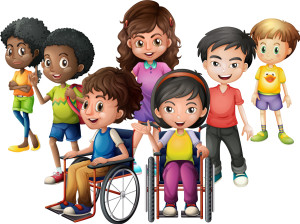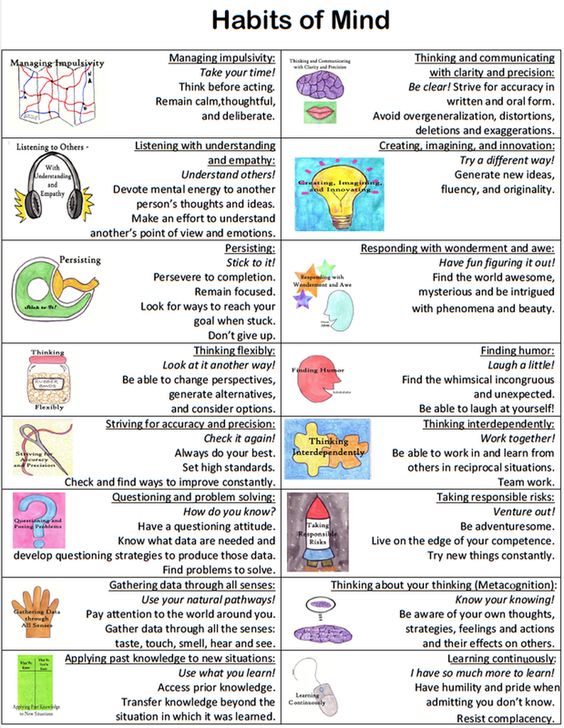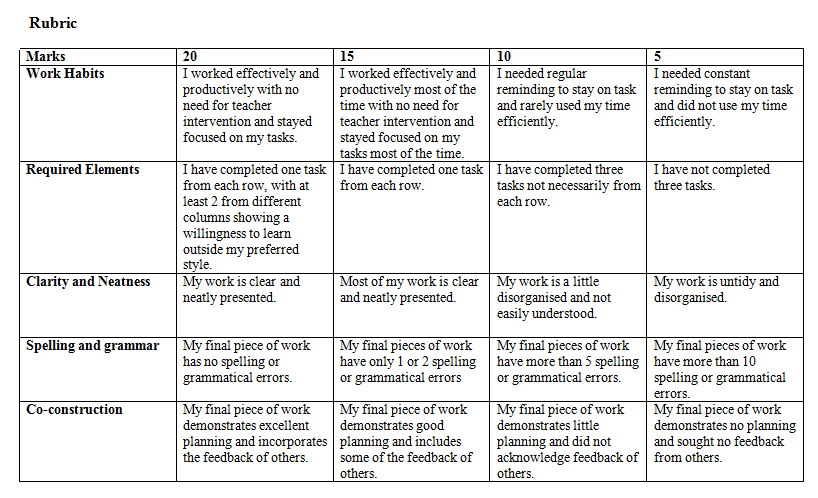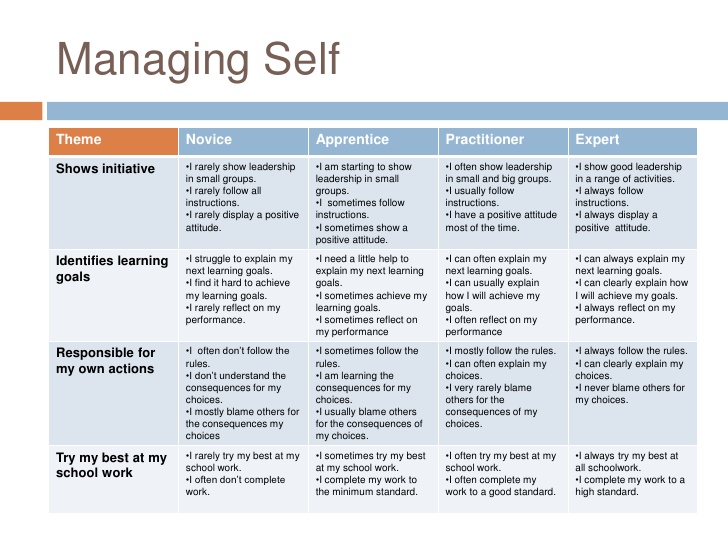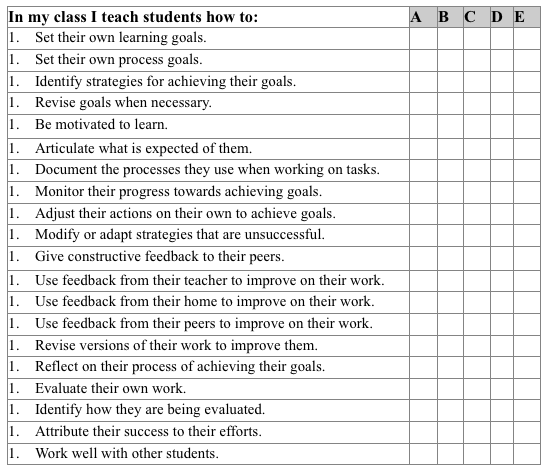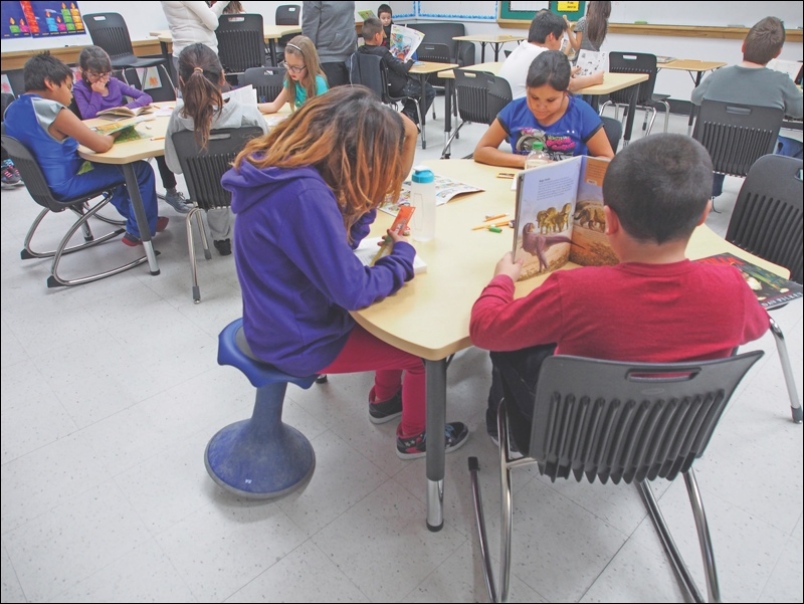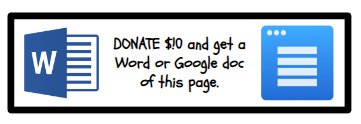

Inclusive Classrooms
Inclusive Classrooms – “As a classroom teacher, one of the many opportunities you are charged with is to promote a safe and welcoming classroom school and community where individual differences are valued, embraced, and evident. Building an inclusive classroom community means implementing practices where all students, regardless of cognitive or academic level, have opportunities to be included in the general education classroom, participating in the standards-based curriculum” (PA DOE, Vol. 1, #6).
Inclusive Classrooms Benefit ALL Students as They: (PA DOE, Vol. 1, #6)
- Develop an appreciation and respect for each individual’s unique characteristics and abilities.
- Increase abilities to help and support all classmates, with a sensitivity toward others’ differences.
- Provide opportunities to experience the diversity of society in an educational environment.
- Enable the development of friendships and strengthen a positive self-image by engaging in activities with peers.
- Promote opportunities to communicate, self-advocate, and be educated with same-age peers.
Inclusive Classrooms Benefit ALL Teachers as They: (PA DOE, Vol. 1, #6)
- Exchange information about instructional activities and teaching strategies, thus expanding the skills of both general and special educators.
- Develop teamwork and collaborative problem-solving skills to address challenges regarding student learning creatively.
- Promote the recognition and appreciation that all students have strengths and are contributing members of the school community.
How to Build an Inclusive Classroom
How do you build an inclusive classroom? Provide OPTIONS for student engagement, persistence, and self-regulation in a non-threatening, positive, and academically rigorous atmosphere (MA DOE).
Inclusive Classroom Engagement
Get students ENGAGED: (Taken from Edutopia)
Promote relevance: Relate content to students’ lives and interests! Teach only SLIGHTLY beyond their proficiency levels.
- YouTube videos can get students interested!
- Engage students in conversation with professionals in the field so they can make connections in their learning.
- Have students solve a problem, design for a need, or explore their own questions.
- Make connections across the curriculum, between new content and prior knowledge, and real-world applications.
Convey care: Understand learners’ perspectives and learning styles.
- Care about students’ social and emotional needs.
- Display positive attitudes and enthusiasm.
- Increase one-on-one time with students.
- Treat students fairly.
- Avoid deception or promise-breaking.
- Give students processing time.
- Welcome ideas and opinions.
- Try some fun quick games and activities to assess knowledge.
- Provide frequent and varied feedback and positive reinforcements.
- Provide scaffolds.
- Present material through multiple means and a variety of resources.
UDL ~ Universal Design Process for an Inclusive Classroom
MTSS and UDL – Mrs. Judy Araujo, M. Ed., CAGS, Reading Specialist (mrsjudyaraujo.com)
Reading Rockets has a great article on UDL ~ Universal Design Process. It says:
UDL addresses the three learning networks within a broadly defined concept of curriculum that includes goals, materials, methods, and assessment (Hitchcock et al., 2005). According to the following three UDL principles, each area of the curriculum should provide multiple, varied, and flexible options for representation, expression, and engagement:
Principle 1: Provide multiple means of representation (recognition network). Examples are:
- video captioning and video description (i.e., adding text or audio to describe what happens in a video to support access by persons with visual difficulties)
- highlighted vocabulary in subject matter content
- vocal directions matched with printed and visual/image representations
- pre-teaching opportunities for new vocabulary and concepts
- color shading is used for emphasis
- use of Visuwords for vocabulary development
- visual cueing for feedback during class
- main ideas offered through graphic organizers and concept mapping
- speech-to-text options
- pre-teaching opportunities for new vocabulary and concepts
Principle 2: Provide multiple means of action and expression (strategic network). Examples are:
- models of expert performance provided using differing approaches
- paired voice with visual displays
- outlines of subject matter content
- use of Interactives: Elements of a Story to teach narrative structures
- use of Writing Fun by Jenny Eather to develop expressive writing skills
- animated digital coaches (i.e., animated characters that appear on screen to offer support or simply information) to help with comprehension
- models of expert performance using differing approaches
Principle 3: Provide multiple means of engagement (affective network). Examples are:
- choice of topics for projects
- simple self-monitoring checklists in learning centers for students to self-assess completion and accuracy
- consistent attention-getting techniques that use visual as well as auditory cues
- paired peers to share small-group activities
- creation of voice avatars (i.e., a vocal character representing a real person) for digital text presentation (e.g., Voki)
- choice of topics for projects
- curriculum handouts for students to self-assess completion and accuracy
- frequent feedback
- use of computer software to teach early reading skills (e.g., Starfall)
- paired peers to share small-group activities
Show concern for students’ well-being: Demonstrate knowledge of students’ lives.
Provide affirmation: Tell students they can do well; use praise, written feedback, and opportunities for success.
- Have students demonstrate knowledge throughout the task ~ frequent check-ins are critical.
- Provide exemplars, rubrics, and models of what is expected academically and behaviorally ~ have CLEAR OBJECTIVES posted.
Relate to students through humor: Show that you enjoy working with young people.
Enable self-expression: Connect learning and identity by encouraging students’ expression of ideas, values, and conceptions of self. Give students choices on how to demonstrate comprehension and knowledge.
- Encourage peer collaboration.
- Teachers should collaborate with other adults in the building.
- Provide multiple and varied options for student communication and expression.
Edutopia says, “If you engage learners, they will take over!”
Engagement is important.
- Students experience improved academic achievement and satisfaction.
- They are more likely to persist through academic struggles.
- Students earn higher standardized test scores.
- They have better social skills.
- Students are less likely to drop out of school.
Inclusive Classroom Persistence
Get students to PERSIST! Try these 28 Ways to Grow in Persistence! ! I included some here:
- Differentiate instruction based on data and student responses.
- Activate prior knowledge.
- Start with EASY work first ~ this is less intimidating.
- Break longer assignments into smaller, more manageable ones so that students won’t be overwhelmed.
- When students work in pairs or triads on parts of an assignment, they tend to do well.
- Design activities where your students can shine. Use differentiation techniques to reach as many learners as you can.
- Help students see the connection between effort and success.
- Teach students how to accurately estimate the time it may take them to complete a task.
- Provide rubrics, models, samples, and demonstrations so students know when they are on the right track.
- Have students set reasonable goals and work to achieve them.
- When you see students struggling, ask, “How can I help you?”
- All learning should have a clear purpose.
- Have students write their questions during independent work in a certain area of the board or on the Smartboard. Answer these questions at predictable intervals.
- Give formative assessments. Frequent small formative assessments can be handy tools in helping students stay on track.
- Teach your students that their work is not always perfect to be acceptable.
- Having students work together in a class to reach a specific goal can encourage those students who don’t want to let their classmates down.
- Many teachers find that stopping periodically and having peers make brief checks of each others’ work can help students stay on the right track.
- Academic success lies in a pattern of small accomplishments.
- Some students benefit from seeing a visual representation of the sequence of assignments they are required to do. For example, a bar graph or chart with spaces to be filled in as students complete the various steps of a unit of study will make it easier for students to persist until they complete the big task.
- Frequent praise and even more frequent encouragement will keep students on task for longer.
- Careful and close monitoring of students as they work will allow you to catch problems when they are manageable.
- Encourage students who are working independently to signal that they have a problem and then keep working until help arrives.
- Offer students time to reflect at the end of a lesson. Sharing the results of their metacognition can be a powerful way for students to learn how other students overcome their learning problems.
- Older students who have mastered the material current students may find difficult can be helpful resources. They can offer quick, informal advice and encouragement from a student’s point of view.
- Provide opportunities for students to look back on how far they have come in their learning—to review their past successes. This allows students to see the big picture of what they have already accomplished and encourages them to continue.
- Be sure to offer a sufficient amount of appropriate practice before moving on to the next topic of study.
- Offer various activities to review material that will appeal to the various learning styles among your students.
- Work with your students to focus on their strengths. Once they know what they are doing right and what individual study techniques work well for them, students will be able to use those techniques and strengths to work quickly and efficiently.
The following was taken from 8 Ways to Build Stamina.
Help Learners Develop a Growth Mindset ~ They can grow and change! Help learners make the connection between effort and achievement. The goal is for learners to become intrinsically motivated to engage in effortful learning now and in the future.
Push a Little Bit but Know When Enough is Enough.
Model Persistence ~ Tell of personal hurdles and how your goal was reached.
Teach Positive Self-Talk ~ Giving learners specific wording, like, “I know I can do this if I keep at it,” or, “If I’m really stuck, I can ask a friend or my teacher for help,” can begin to change the way they think and act when faced with a challenge.
Expect More ~ Let learners know that you have high expectations and that you have confidence that every one of them can meet those expectations. Be sure they have access to the tools they need to be successful and know how to use them.
Make the Most of Technology ~ Online tools like the Fast ForWord program can help learners connect between effort and achievement. The Fast ForWord program gradually builds learner stamina for enduring increasing degrees of cognitive load. The exercises simultaneously develop reading and language skills, boosting memory, attention, processing, and sequencing ability. It gives learners immediate feedback on their performance and automatically adjusts the difficulty level for just the right degree of challenge. Fun reward animations help learners see when they have achieved a goal to help them stay motivated.
Teach the Brain ~ Introduce the idea that the brain changes in response to how it’s used – as a way of reinforcing the idea that learning is achieved through focused, sustained effort. Help them understand that every brain can make dramatic changes and leaps in learning.
Repeat, Repeat, Repeat ~ Students learn persistence in the same way that they learn sight words or multiplication tables – through repetition. Such strategies like modeling persistence, connecting effort to achievement, and pushing students to do a little more than they think they can aren’t a one-time deal. But when repeated over time, the cumulative effect will likely be increased stamina, improved persistence, and intrinsic motivation for ever greater learning.
Inclusive Classroom Self-Regulation
Get students to SELF-REGULATE: (Taken from How to Teach Students Self-Regulation)
Learning how to self-regulate means that students will develop stronger friendships, pay attention, learn new things, and better manage life’s normal stresses and disappointments. Students must:
- Monitor their thinking.
- Set goals.
- Monitor and reflect on their progress.
- Choose appropriate learning tools and supports.
- Make proper academic and behavioral corrections based on feedback and other evidence.
- Demonstrate appropriate behavior, whether working alone or with others.
What teachers can do to teach self-regulation:
1. Model self-regulation by telling students how you feel and what you will do about it, e.g. ’I am feeling angry right now, so I am going to walk away and talk about this later or ‘I am feeling upset now, so I will take a deep breath.’
2. Design self-awareness lessons. Teach students how to name their feelings; identify body responses to stressors; and understand what happens when they feel anxious, angry, upset, bored, or excited. Discuss and role-play appropriate ways to manage and express their feelings.
3. Explicitly teach students about self-regulation using circle time activities. Have students develop ways to self-regulate, e.g., deep breathing, walking away, counting to 10, taking some space, have a drink. Practice using the strategies in simulations and role-plays.
4. Teach students to self-monitor. For a student who has a lot of trouble self-regulating, give them opportunities to self-monitor by taking note of when they use the strategies taught.
5. Use a positive time-out. Teach students how to use a time-out space when they feel upset or need time to calm down. Encourage students to use the space as a prevention strategy by helping them to notice when they are beginning to show signs of stress in their bodies; for ways to use positive time-out, see here.
6. Provide extra instruction. Students who find it difficult to self-regulate provide additional small group lessons focusing on the strategies above.
7. Positively reinforce students who use the strategies by giving them specific feedback about their behavior, e.g. ‘Tommy, I can see you used the strategy of walking away when you felt angry. You are learning to manage your feelings.’
8. Set goals with the student who has difficulty with self-regulation, e.g., ‘When I feel angry, I will walk away and take deep breaths.’ Give the student opportunities to practice the skill when they are not upset. Read about what to do with a student who will not engage.
9. Cue students when to use strategies. You may need to help the student develop self-awareness by cueing them into when to use the strategies. For example, ‘Josh, I can see you are feeling upset. Perhaps you would like to get a drink of water.’ Demonstrate to the student how to name the feelings and offer suggestions for managing the feelings appropriately.
10. Use mindfulness exercises as a class. The Smiling Mind has a free app, or you can download it from YouTube. Prompt individual students to use the strategies to focus on work or calm themselves.
Here are some examples of self-regulation rubrics.
The physical classroom setup should:
- Support a variety of tasks and learning formats.
- Clearly display expectations, rules, and routines.
- Have clear and effective displays of information, tools, resources, and prompts.
- Support student uses of resources and scaffolding.
- Be safe and respectful of all cultures and backgrounds.
- Be rich with connections to the student experience and interest.
- Be conducive to collaboration and group work.
- Allow for smooth movement and access across the room.
- Many teachers in my elementary school have adopted active seating options ~ wobble chairs, exercise balls, an elevated table that students stand at, a very low table where students sit on the floor. . .
- Provide positive reinforcement and motivators to do one’s best.
Read this handy pdf of Inclusive Practices.
Copyright 03/22/2017
Edited on 03/07/2024
Reference
“Five Steps to Motivation with Universal Design for Learning.” Kurzweil Education. N.p., 06 Jan. 2016. Web. 20 Mar. 2017.
Copyscape alerts me of duplicate content. Please respect my work.
![]()

